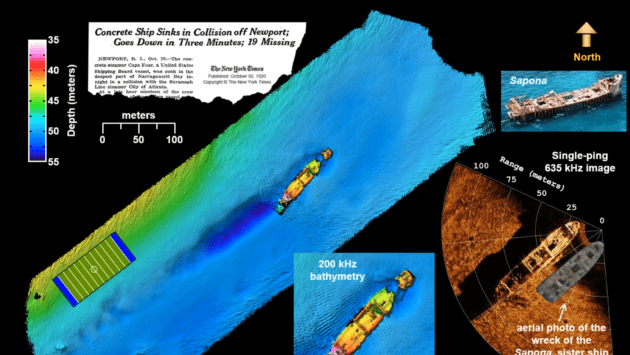Securing Australia’s Maritime Future
Transforming the Royal Australian Navy for Advanced Strategic Advantages
Australia is a maritime nation, whose security and prosperity is directly linked to the oceans and seas. The scale of our sovereign maritime territory and responsibilities, dependence on maritime trade, and the increasing value of our activity within the maritime environment must be recognised in our maritime strategy.
In 2017, the Australian Government released their vision for the Australian naval shipbuilding enterprise and significant investment towards the regeneration of the Royal Australian Navy (RAN). The Plan’s commitment is to build a strong, sustainable, and innovative Australian naval shipbuilding industry. This will provide the foundation for the greatest regeneration of our country’s naval capability since the Second World War. Additionally, this will create a long-term, sustainable naval shipbuilding and ship sustainment capability that will serve our strategic and economic interests for decades.
The 2023 Defence Strategic Review (DSR) found that the RAN must be optimised for operating in Australia’s immediate region and for the security of our sea lines for communication and maritime trade. It identified that the Australian Defence Force’s (ADF) current force structure is not fit for purpose for our current strategic circumstances. Aligning with the vision of the Navy’s future, the DSR highlighted out the enhanced surface combatant fleet should consist of Teir 1 and Teir 2 surface combatants that provide increased strike, air defence, presence operations and undersea warfare.
Earlier plans outlined that the surface fleet will feature a new class of 7-11 general purpose frigates comprising of three Hobart Class frigates and six of the nine planned Hunter Class frigates configured for anti-submarine warfare. In addition, the acquisition includes six Large Optionally Crewed Surface Vessels (LOSVs) to operate in conjunction with the Hobart Class and Hunter Class frigates.
“It made clear we need a surface fleet of warships with greater capability in integrated air and missile defence, multi-domain strike and undersea warfare,” said Defence Minister Richard Marles in his introduction to the review. “These are capabilities needed to support critical activities, including patrolling our northern approaches, close escort and theatre sea lift missions.”
Throughout 2024, the RAN decommissioned five ships: Anzac (III) and MHC HMAS Huon (II) in May, Hydrographic ship HMAS Melville in August, with HMAS Maryborough (II) and HMAS Larraika (II) in September. The recent retirement of the RAN’s ships has sparked debates about potential ‘capability gaps’ in the RANA’s surface combatant fleet. These changes are a transition to a more focused and lethal force, involving complex decisions about the size, structure and composition complemented capabilities of the surface combatant fleet. The decommissioning of these long-standing ships opens the path towards Australia’s future surface combatant fleet, which are an integral component of Australia’s joint force for operations.
The Independent Analysis conducted on the review emphasised the immediate and timely action required to remediate the Navy’s surface combatant capability and support Australia’s continuous naval shipbuilding and sustainment industry. The Government’s Transition Capability Assurance Program includes planned improvements to the remaining Anzacs for undersea warfare and multi-domain strike capabilities. These upgrades will ensure that the minimum viable capability is preserved for the Teir 2 missions until the new Teir 2 surface combatants can replace them.
Australia’s maritime strategy is at a pivotal juncture, with significant investments and strategic reviews changing the future of the RAN. The decommissioning of the older ships and the introduction of advanced surface combatants reflect a commitment to maintaining a robust and capable naval force. This transformation is essential for safeguarding Australia’s maritime interests and ensuring the security of our sea lines of communication and trade. As we move forward, the continuous development of our naval capabilities will be crucial in addressing the evolving strategic challenges in our region. The Government’s vision and the DSR’s recommendations underscore the importance of a strong, sustainable, and innovative naval shipbuilding industry, which will serve Australia’s strategic and economic interests for decades to come.
Read More:
Hunter Class Frigates as Australia’s Surface Fleet – BlueZone Group
Plans revealed for Australia’s future surface fleet – Australian Defence Magazine
Enhanced Lethality Surface Combatant Fleet – Independent Analysis of Navy’s Surface Combatant Fleet





